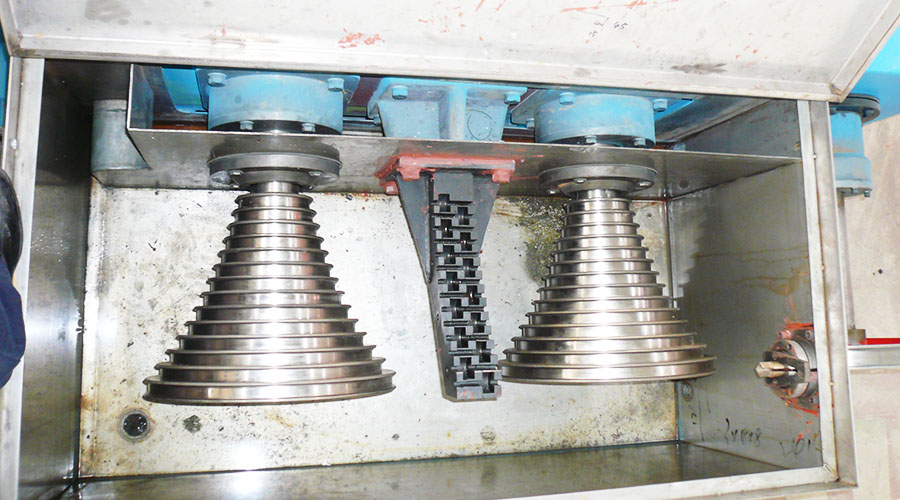The reduction percentage in wire drawing refers to the amount of material that is removed from the original cross-sectional size of the wire during the wire drawing process. It is a measure of the degree of reduction in the size of the wire and is an important parameter for evaluating the efficiency and effectiveness of the wire drawing operation.
The reduction percentage in wire drawing can vary depending on several factors, including the type of wire used, the gauge of the wire, the diameter of the wire, the hardness of the wire, the shape and size of the wire feeder, the number of rollers in the wire drawing machine, and the speed of the wire feed. In general, higher quality wire with a lower hardness will require more passes to achieve the desired reduction in cross-sectional size, while lower quality wire with a higher hardness will require fewer passes.
To calculate the reduction percentage in wire drawing, several formulas can be used, depending on the specific requirements of the application. One common formula is:
Reduction percentage = (original cross-sectional area) / (final cross-sectional area) * 100%
For example, if the original cross-sectional area of the wire is 0.5 square inches and the final cross-sectional area after two passes through the wire drawing machine is 0.25 square inches, then the reduction percentage would be:
Reduction percentage = (0.5) / (0.25) * 100% = 200%
This means that one-half of the original cross-sectional area has been removed during the wire drawing process. However, it is important to note that this calculation does not take into account any other factors that may affect the efficiency and productivity of the wire drawing process, such as changes in wire hardness or wear on the rollers.
To determine the actual reduction percentage in wire drawing for a given application, it is necessary to perform experiments using different types and sizes of wire, as well as adjusting the settings of the wire drawing machine based on real-world conditions. By carefully monitoring and analyzing the results of these experiments, it is possible to optimize the wire drawing process and achieve maximum efficiency and productivity while maintaining consistent dimensional accuracy and part quality.





